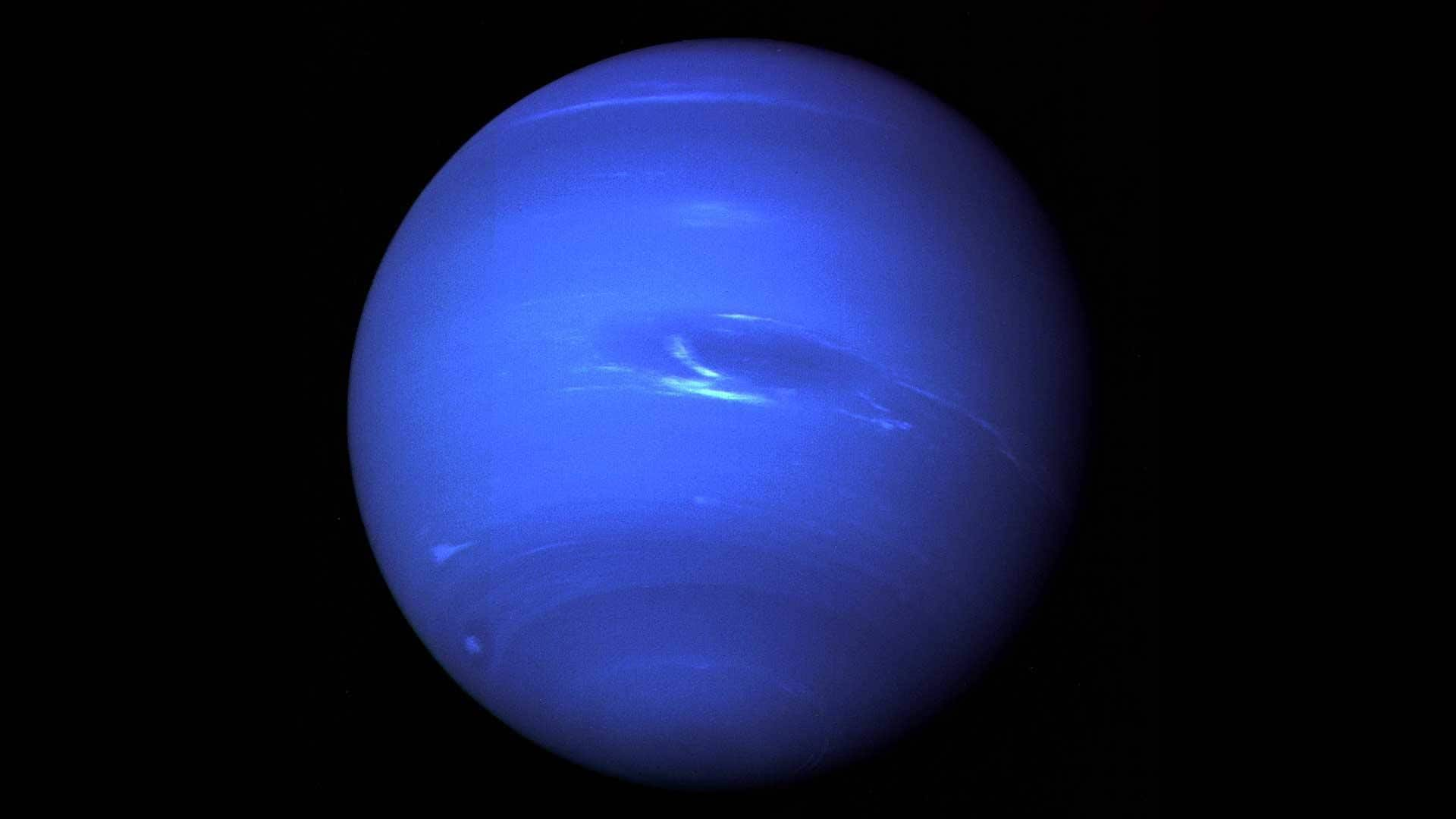
This distant celestial body moves in sync with Neptune
What's the story
A team of astronomers, led by the Center for Astrophysics | Harvard & Smithsonian, has discovered a rare trans-Neptunian object (TNO) beyond Neptune. It is moving in rhythm with the planet. The celestial body, called 2020 VN40, is the first confirmed TNO that orbits the Sun once for every 10 orbits completed by Neptune. This discovery is a major step toward understanding the behavior of objects in our outer solar system.
Research significance
Discovery helps understand behavior and origin of outer solar system
The discovery of 2020 VN40 lends credence to the theory that many distant celestial bodies are temporarily "captured" by Neptune's gravity as they move through space. "This is a big step in understanding the outer solar system," said lead researcher Rosemary Pike.
Orbital characteristics
How was 2020 VN40 discovered?
The LiDO survey, which used the Canada-France-Hawaii Telescope and other observatories, discovered 2020 VN40. The object orbits at an average distance of around 140 times farther from the Sun than Earth does, following a highly tilted path around the solar system. Unlike most celestial bodies with simpler orbital ratios that come closest to the Sun when Neptune is far away, 2020 VN40's closest approach coincides with Neptune's proximity.
Orbital alignment
Unique alignment with Neptune at closest approach to Sun
The unique tilt of 2020 VN40's orbit makes it appear close to Neptune during their closest approach, even though they are actually far apart in three-dimensional space. This phenomenon is different from all other known TNOs that avoid such alignments at their closest approach to the Sun. The discovery suggests that highly tilted orbits can produce new and unexpected types of motion in celestial objects.
Exploration prospects
More such discoveries are expected in future
The LiDO survey has already discovered over 140 distant objects, with more expected in future surveys. Using telescopes like the Vera C. Rubin Observatory, scientists hope to discover many more celestial bodies like 2020 VN40. "This is just the beginning," said Kathryn Volk of the Planetary Science Institute, emphasizing that such discoveries are opening a new window into understanding the solar system's past.